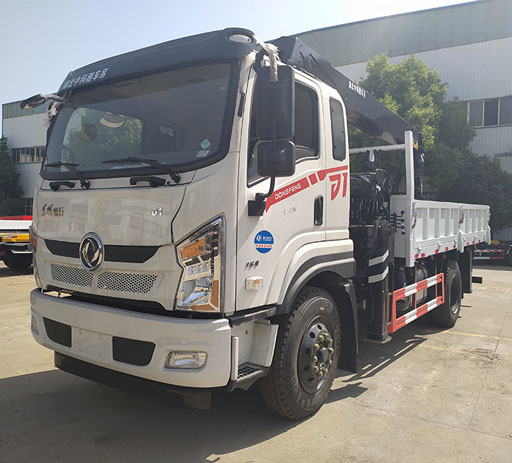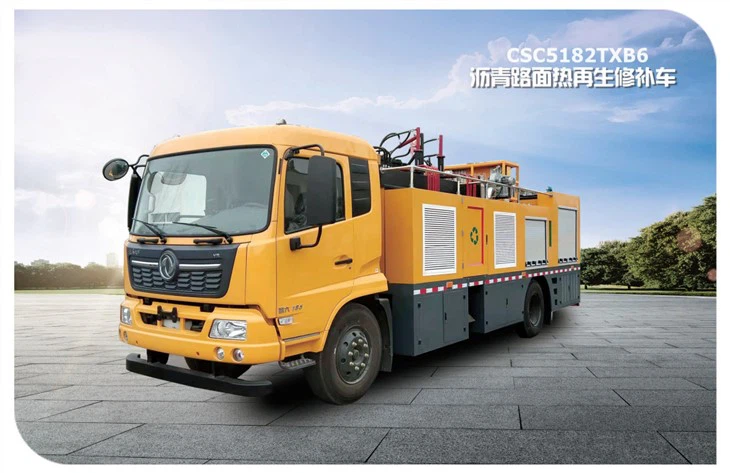Complete RT46-160 Parts List: All You Need to Know

Introduction
The RT46-160 is a well-known model in the world of machinery and parts. Understanding its parts list is crucial for anyone involved in maintenance or repairs. This article provides a comprehensive overview of the RT46-160 parts list, explaining key components, their functions, and offering practical tips for maintenance and replacement. By the end, you will have a solid understanding of the essential components of the RT46-160 and how to manage them effectively.
What is the RT46-160?
The RT46-160 is a versatile machine typically used in construction and industrial applications. Known for its durability and efficiency, the RT46-160 has numerous parts that work together to achieve optimal performance. Understanding these components ensures better maintenance practices, extending the lifespan of the equipment.
Components of the RT46-160 Parts List
The parts list for the RT46-160 includes various critical components. Below are the main sections categorized by functionality.
1. Engine Components
The engine is the heart of the RT46-160. Here are some essential engine parts:
| Part Name | Function | Replacement Tips |
|---|---|---|
| Engine Block | Houses the engine’s internal components. | Check for cracks regularly; replace if necessary. |
| Piston | Converts combustion pressure into mechanical energy. | Monitor for wear; replace as part of a major overhaul. |
| Cylinder Head | Seals the engine’s combustion chamber. | Ensure proper torque when installing; replace if warped. |
| Camshaft | Controls the timing of valve openings and closings. | Inspect for wear and replace during major service. |
2. Fuel System
The efficiency of the RT46-160 greatly depends on its fuel system:
| Part Name | Function | Replacement Tips |
|---|---|---|
| Fuel Tank | Stores fuel for the engine. | Check for leaks; clean regularly to prevent clogs. |
| Fuel Pump | Pumps fuel from the tank to the engine. | Test periodically; replace if noisy or inefficient. |
| Fuel Filter | Removes impurities from fuel. | Change every 100 hours of operation to maintain efficiency. |
| Injectors | Atomizes fuel for efficient combustion. | Clean regularly; replace if damaged. |
3. Electrical System
The electrical system ensures the RT46-160 runs smoothly:
| Part Name | Function | Replacement Tips |
|---|---|---|
| Battery | Stores electrical energy to power the engine and accessories. | Check terminal connections; replace every 3-5 years. |
| Alternator | Charges the battery while the engine runs. | Test output regularly; replace if the battery drains quickly. |
| Starter Motor | Starts the engine by cranking. | Listen for clicking sounds; replace if it fails to start. |
| Wiring Harness | Connects electrical components. | Inspect for damage; replace worn sections promptly. |
4. Transmission and Drive Parts
The transmission system is vital for the movement of the RT46-160:
| Part Name | Function | Replacement Tips |
|---|---|---|
| Transmission Case | Holds transmission components. | Check for leaks; replace if cracked. |
| Drive Shafts | Transfers power from the engine to the wheels. | Inspect for bends and wear; replace if damaged. |
| Gear Set | Controls the speed and torque of the machine. | Listen for unusual noises; replace if faulty. |
| Clutch Assembly | Engages and disengages the engine from the drive train. | Test for slipping; replace as a complete unit if worn. |

5. Hydraulic System
The hydraulic system allows for movement and operation of various attachments:
| Part Name | Function | Replacement Tips |
|---|---|---|
| Hydraulic Pump | Creates hydraulic pressure for movement. | Check for leaks; replace if pressure drops or it overheats. |
| Hydraulic Cylinder | Converts hydraulic pressure into linear motion. | Inspect for leaks; replace seals regularly. |
| Hydraulic Hoses | Transports hydraulic fluid throughout the system. | Check for wear; replace hoses showing signs of cracking. |
| Hydraulic Fluid | Transmits power and lubricates the system. | Change fluid as recommended in the manual. |
6. Chassis and Body Components
The chassis and body components ensure stability and protection:
| Part Name | Function | Replacement Tips |
|---|---|---|
| Frame | Supports all other components. | Inspect for cracks; reinforce if necessary. |
| Body Panels | Protects the internal components. | Replace if damaged; keep panels clean to prevent rust. |
| Suspension System | Absorbs shock and provides stability. | Check bushings and joints regularly; replace as needed. |
| Wheels and Tires | Support the weight and provide mobility. | Inspect tread and pressure; rotate regularly for even wear. |
Practical Tips for Maintenance
Maintaining the RT46-160 involves understanding its parts and how to care for them. Here are some practical maintenance tips:
Regular Inspections
Conduct regular inspections of all components. Look for signs of wear or damage, and address any issues promptly to avoid larger problems down the line.
Follow the Maintenance Schedule
Refer to the owner’s manual for the recommended maintenance schedule. Adhering to this schedule ensures that parts are serviced and replaced as needed.
Use Quality Parts for Replacements
When replacing parts, always opt for quality components. Using OEM (Original Equipment Manufacturer) parts often ensures compatibility and durability.
Keep It Clean
Regularly clean the machine, especially the engine and parts exposed to dust and debris. This not only improves performance but also extends the life of various components.
Fluid Changes
Regularly change all fluids—engine oil, hydraulic fluid, and coolant. Clean fluids optimize machine performance and reduce wear on parts.
Document Maintenance and Repairs

Keep a detailed log of all maintenance and repairs. This documentation can be invaluable for understanding the machine’s history and anticipating future needs.
FAQs
1. What is included in the RT46-160 parts list?
The parts list includes engine components, fuel system parts, electrical system elements, transmission and drive parts, hydraulic system components, and chassis/body parts.
2. How often should I perform maintenance on the RT46-160?
Maintenance should occur regularly, following the schedule outlined in the owner’s manual, which typically specifies intervals based on hours of operation.

3. Are OEM parts necessary for the RT46-160?
While aftermarket parts may be cheaper, OEM parts are recommended for quality assurance and compatibility with the RT46-160’s specifications.
4. What should I do if a component fails?
If a component fails, it’s essential to identify the cause of the failure, replace the faulty part, and inspect related components for additional wear or damage.
5. How can I extend the lifespan of my RT46-160?
Regular inspections, adhering to the maintenance schedule, using quality parts, and keeping the machine clean are key ways to extend its lifespan.
6. Is it possible to perform maintenance myself?
Yes, many maintenance tasks can be performed by users. However, more complex repairs may require professional assistance to ensure proper handling and safety.
